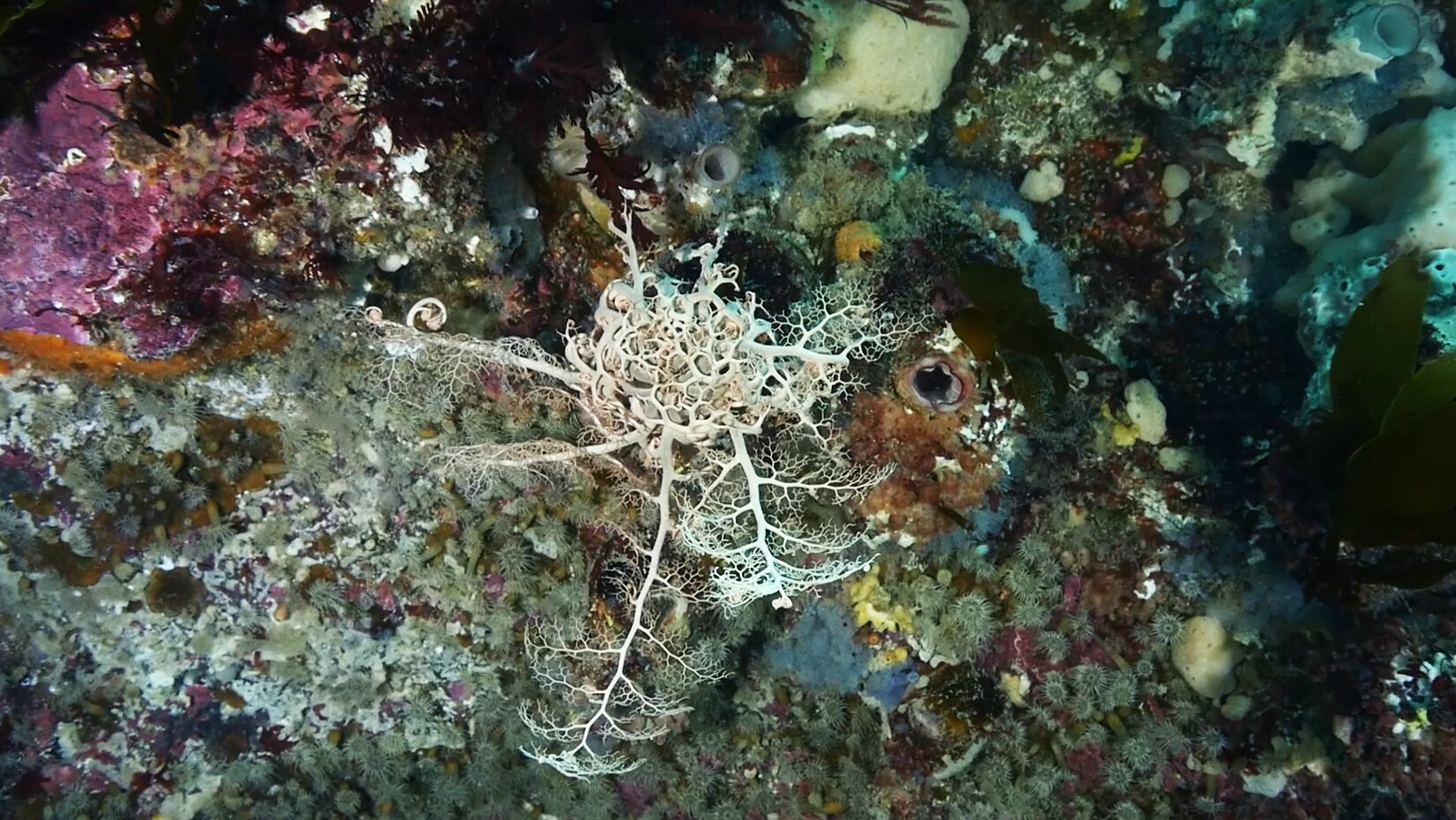sea star
Most commonly known as “starfish,” sea stars are actually not fish at all, but what is known as an echinoderm, a marine animal recognisable due to their radial symmetry and spiny skin. Other examples of echinoderms include sea urchins, sand dollars and sea cucumbers. There are around 2,000 identified species of sea stars and they can be found in all the world’s oceans.
Unusual feeders
As marine invertebrates, sea stars typically have a central disc and usually five arms, but certain species can have up to forty arms. Their bony, calcified skin is often brightly coloured acting as camouflage or a deterrent to potential predators. The sea stars themselves predate on mostly benthic organisms eating microalgae, sponges, bivalves and snails although there are a few detritivorous species, meaning they eat decomposing matter that is suspended in the water or deposited on the sea bed. They have remarkably strong suction-tubed feet that are able to pry open clams and oysters alike as well as the ability to eject their stomach from their body in order to catch their prey – a digestive method called suspension feeding.
Coveted superpowers
Beyond their recognizable star or pentagonal shape and unusual eating habits, most sea stars have the ability to regenerate their limbs, and even sometimes their entire bodies. The sensory organs in their arms will predetermine the level of an attack, then the sea star will abandon their limb to the attacker, which they are able to grow back over time and with minimal impact on their daily functioning.
Fast Facts:
Species: Nectria ocellata
Family: Asteriidae (sea stars)
Order: Forcipulatida (sea stars)
Feeding: Benthic organisms, bivalves, sponges, snails, decomposed organic matter
Habitat: Varying; from tropical reefs to the cold sea floor
Distribution: Worldwide
Special Power: Limb regeneration
Is this a type of sea star?
A relative of the sea star, basket stars are filter feeders that are most recognisable by the twirly appendages that branch out when collecting their meals. The small hooks and spines found all over their many arms are useful when latching onto prey. Often found perched on sponges, soft corals and rocks they will uncoil their arms to form what looks like a feeding basket to capture their prey. When they sense a predator around, their branches fold back into themselves forming a tight ball giving them the appearance of a type of sponge or coral to elude a potential attack.








